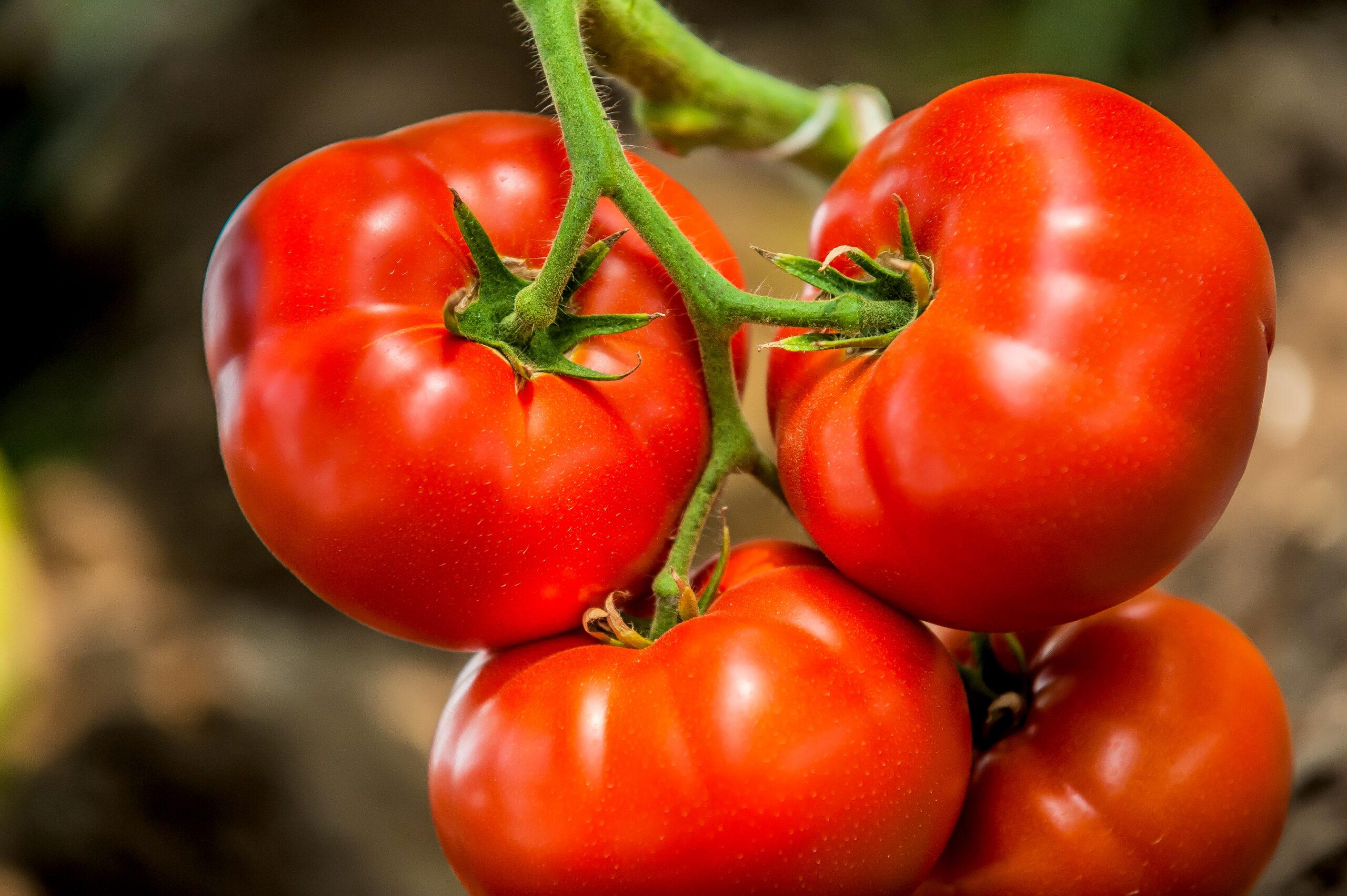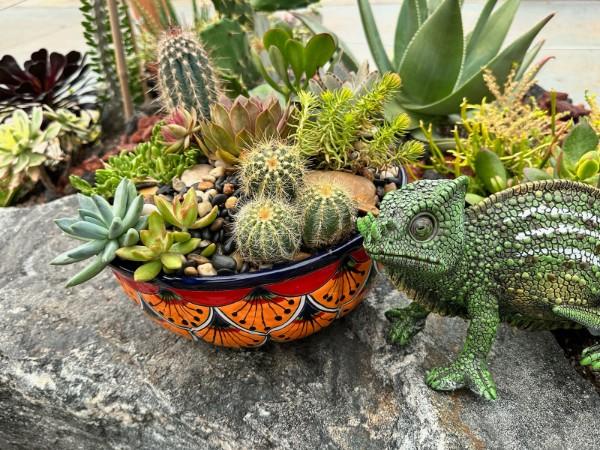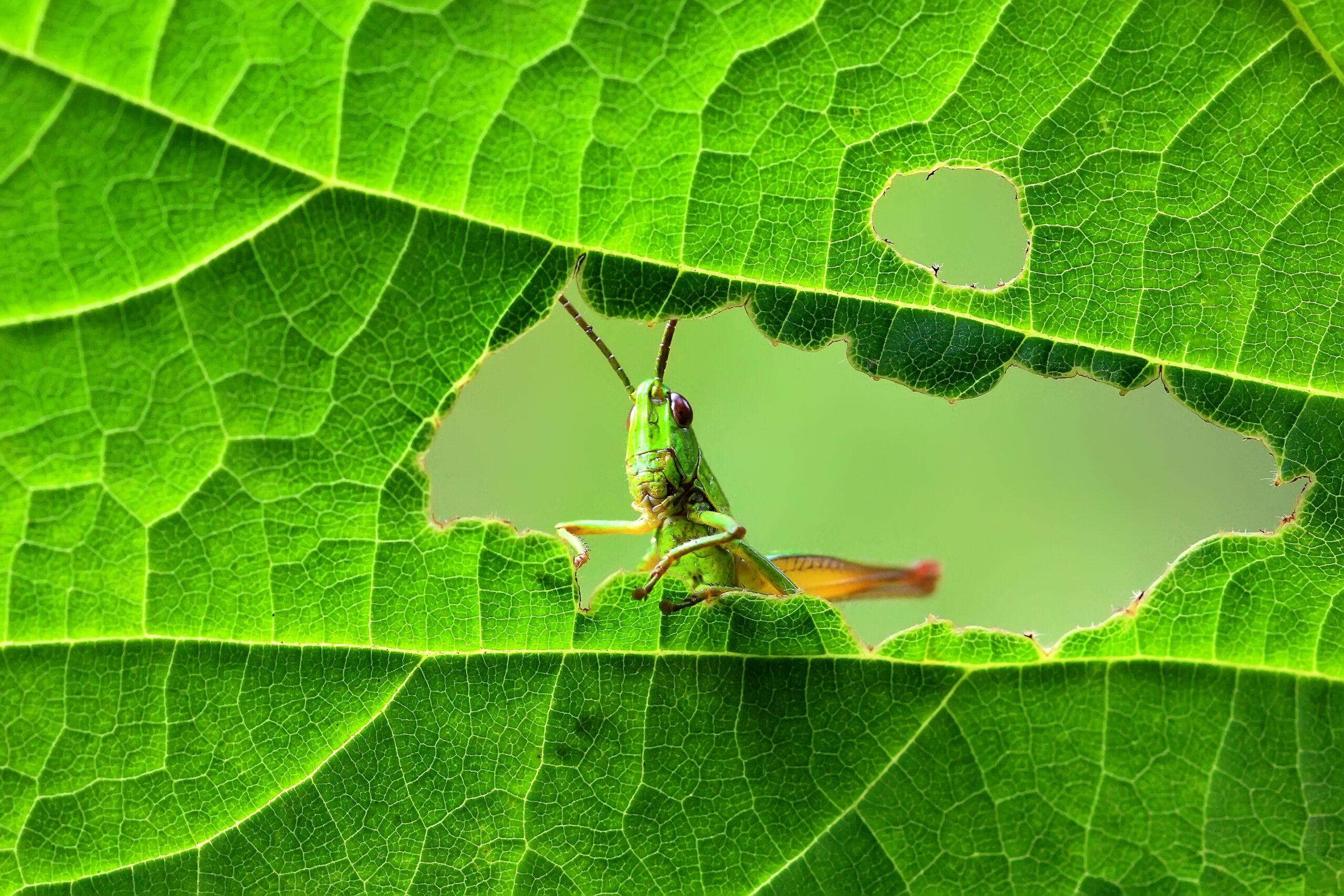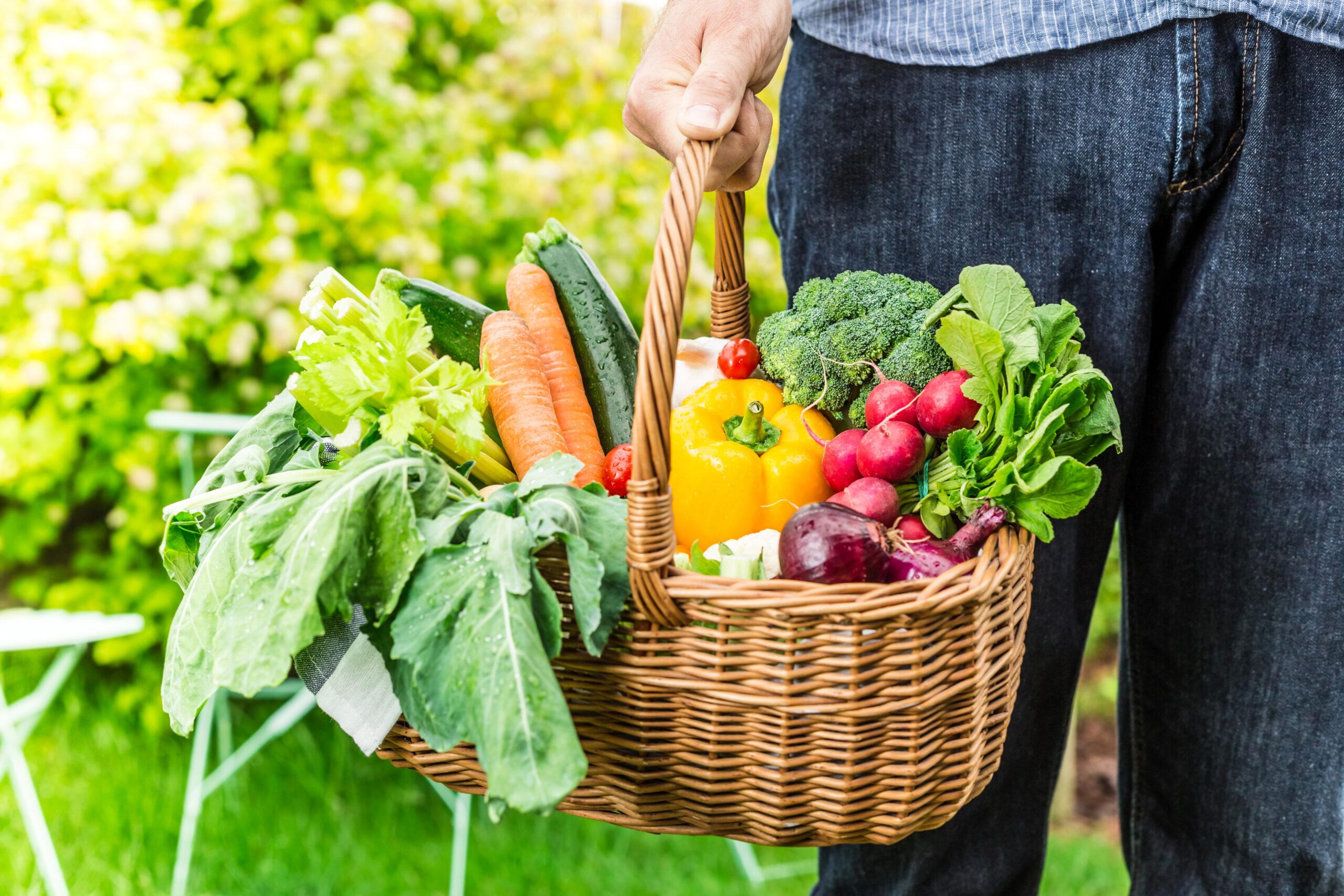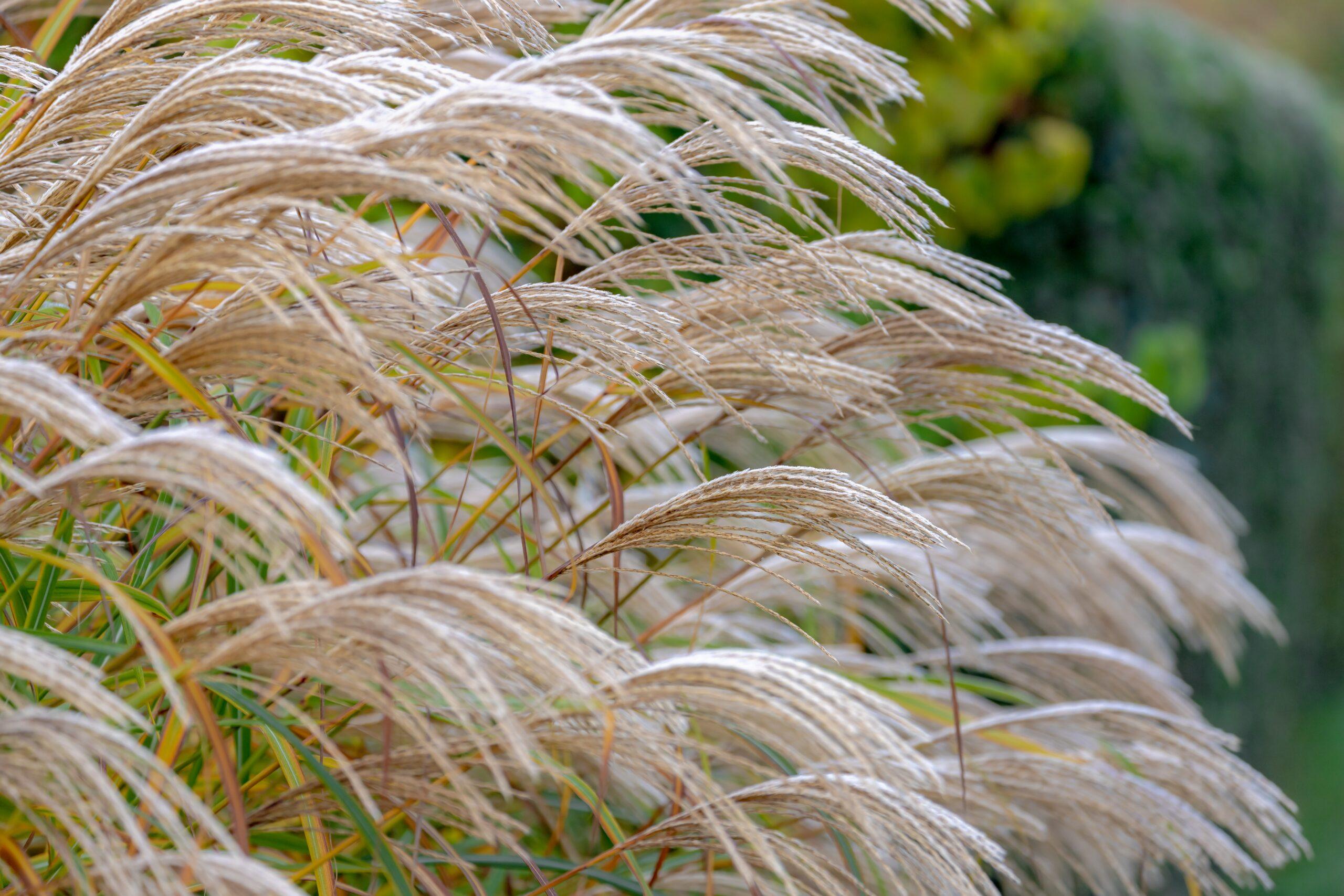I know people are passionate about their home-grown tomatoes. I am, too! But if you’re 100% convinced that the only way to have a perfectly delicious tomato is to let it fully ripen in place on the vine, this blog might touch a nerve. Long-standing beliefs and assumptions can be hard to change, but in the words of one Texas A&M professor, “It’s time to re-imagine what ‘vine-ripened’ means.”
My own tomato plants have lots of full-sized fruit that is green and firm and just hanging there… day after day… no change. I’m guessing some of you might be seeing the same thing. I decided to investigate this stalled ripening and see if there was anything I could do about it. That’s when I came across information that’s going to change how – and when – I harvest my tomatoes. It might change your thinking, too. Or maybe you’ll stand by your conviction that the only great tomato is one that goes directly from your plant to your plate, fully ripe and beautiful. Grant me a little running start, and we’ll see.
But first, why aren’t the tomatoes ripening?
According to several university reports, one of the main reasons full-sized tomatoes won’t ripen is the weather. For us and a lots of other gardeners in our region, our long stretches of very hot weather are the likely culprit. The science shows that consistent temps above 85 degrees will slow down and even stop the entire ripening process, and there’s not much we can do about it except be patient.
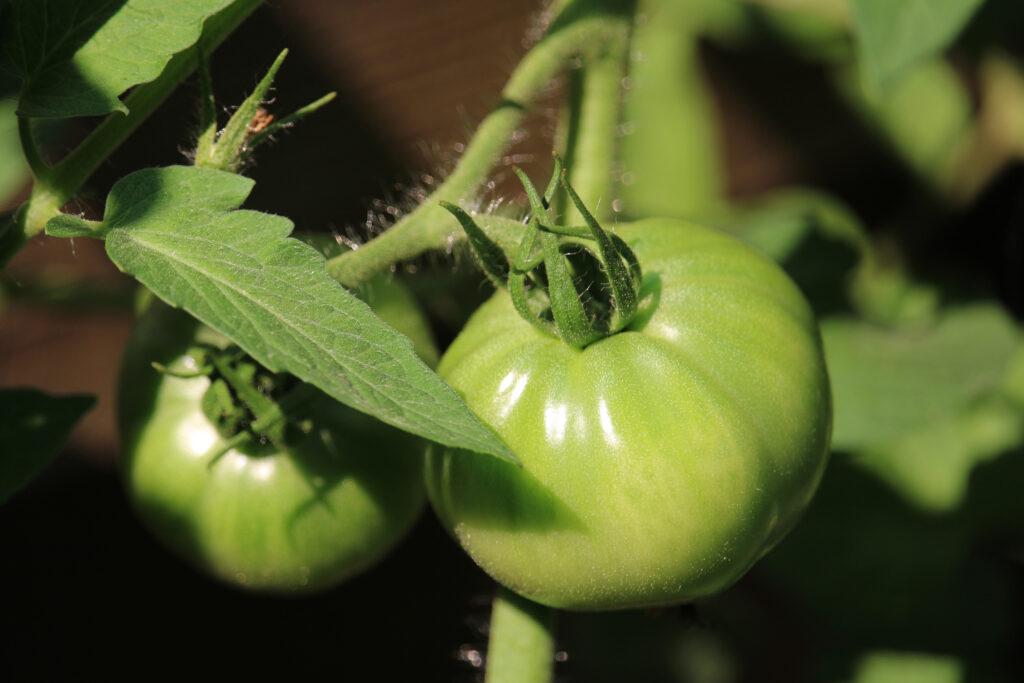
Adding fertilizer to “hurry ripening along” definitely isn’t the answer. And according to the research, increased or excessive watering is a no-no, too. In fact, once the tomatoes have reached their full size, too much water can actually create a whole new problem called “radial cracking.”
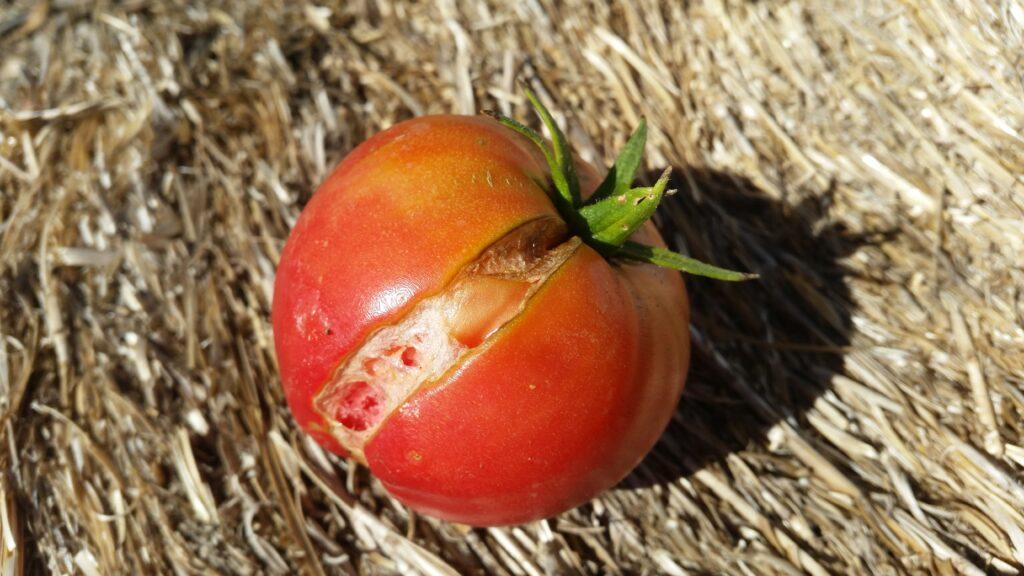
Because the tomato has stopped growing, excess water applied to a full-sized green tomato can cause the fruit to swell. Over time, as the tomato ripens, that swelling creates the radial cracking that starts from the stem and spreads down the outside of the tomato. These open wounds make it easy for bacteria to enter the tomato and ruin the fruit altogether.
Bottom line: Once I’m waiting for my full-sized tomatoes to begin to color up, I should stop fertilizing. And I need to ease up on the watering to avoid problems with cracking.
Ever heard of a tomato’s “knuckle?”
If you grow tomatoes, you’ve seen a tomato knuckle…or several of them. The knuckle, more accurately referred to as the “abscission” layer, is that little lump on the vine just above the tomato’s stem. It works like a tiny control room that helps manage the tomato’s growth, including its ripening. You can see the swollen bump here in the center of the picture.
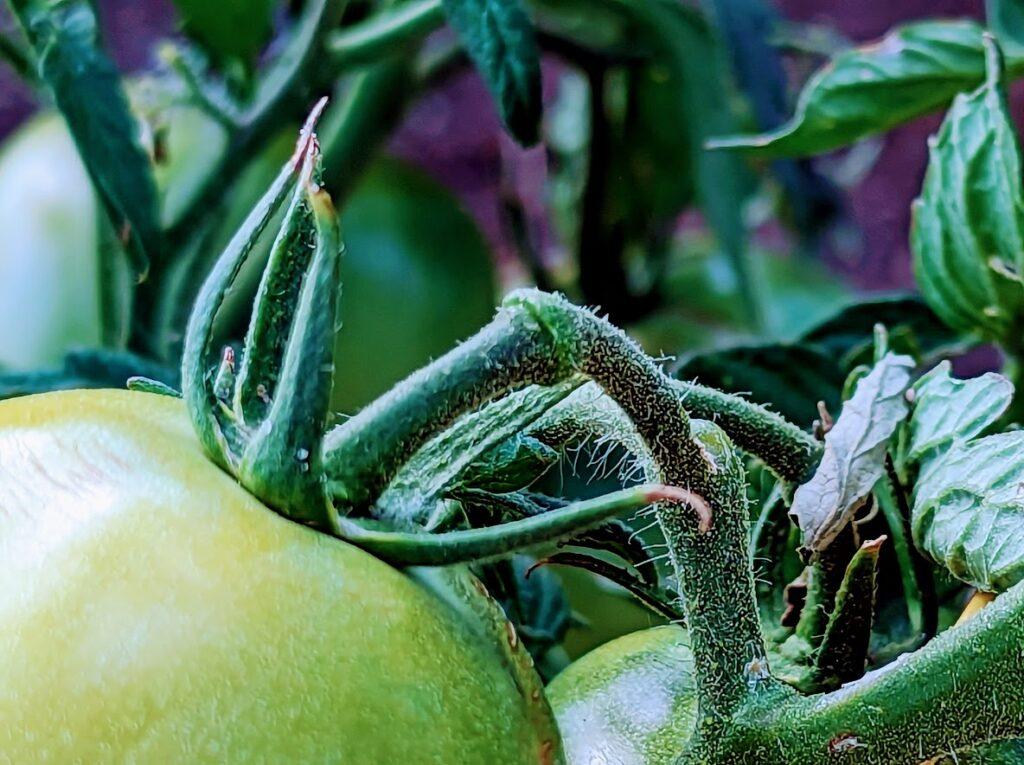
Once a tomato has reached its full size – not it’s full color, but it’s full size – that abscission layer is going to begin shutting down that tomato’s connection to the mother plant.
Based on the descriptions in the scientific reports, that little bump is like a valve that slowly but steadily closes off the plant’s supply of nutrients and water. It’s the excess water that is still making it into the tomato that causes the fruit to swell and crack.
Now, drumroll please. Here’s the takeaway. As that connection is shutting down, the tomato itself is going into something like autopilot, and everything it needs to finish ripening is already within the fruit! It doesn’t need the mother plant anymore to become ripe and delicious! It will ripen just as well off the plant!
So how does knowing that influence when we harvest?
Full-sized tomatoes ripen in what are called “stages.” The two lowest tomatoes pictured here are just barely leaving the first stage, known as the “mature green” stage, where it has reached its full size but not its full color. This is where so many of my tomatoes are now, without even the slightest hint of pink. They should continue to ripen with time, but they’re best left on the plant for now.
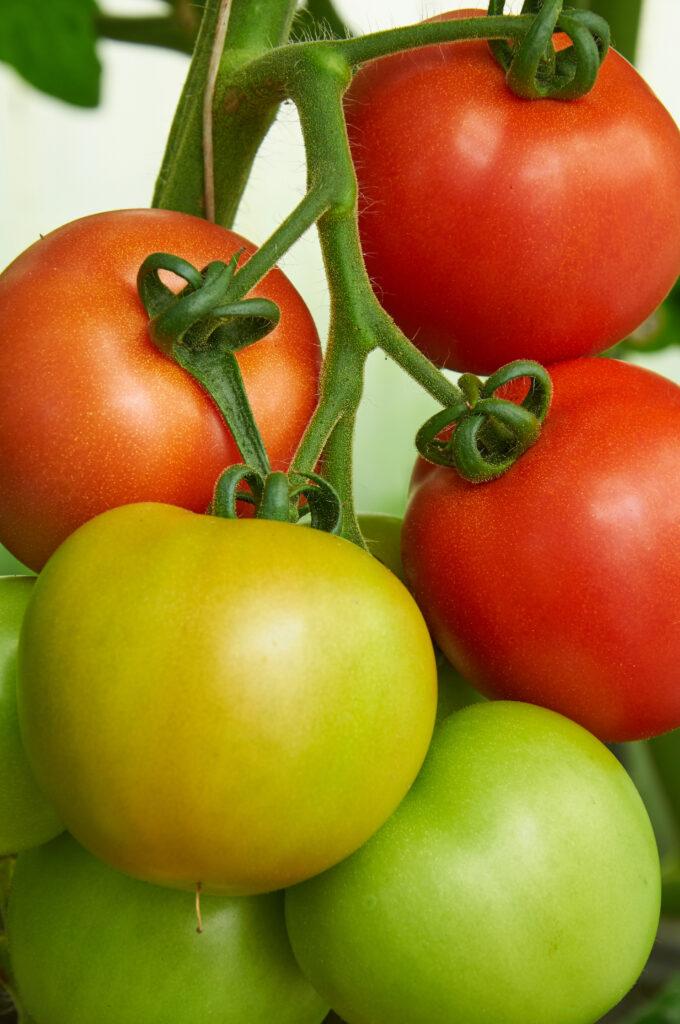
The next tomato up, the one with a bit of a blush, is called a “breaker.” It has broken its green color and is just beginning to ripen. This is the stage at which tomatoes can be picked and still continue to ripen to their full mature color. And this may be where some/many/most of you say “Hold on now!” And I can understand that. So why would we want to harvest a tomato at this stage?
There are some risks leaving the tomato on the vine longer than necessary
I am personally convinced that there are birds in my garden that just wait and watch for my tomatoes to start to break color…and then they strike!
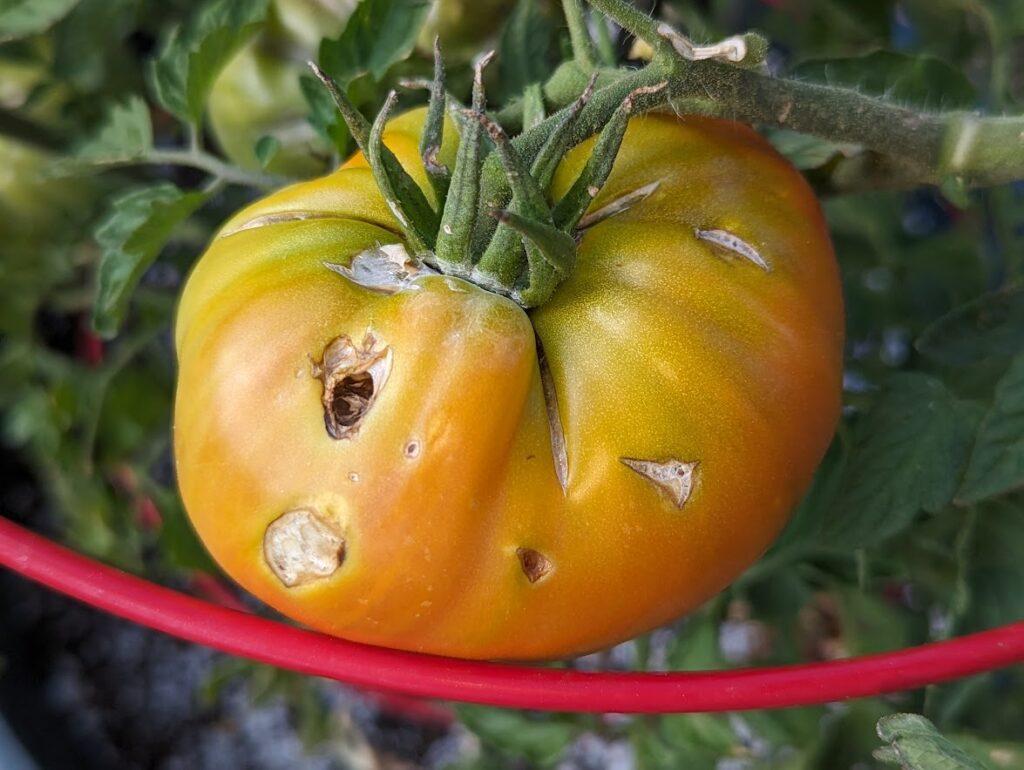
There’s no mistaking that damage. This tomato may turn into an edible fruit if I slice away the damaged bits and if disease doesn’t set in through the wounds, but that could be a big if.
Also, by harvesting the tomatoes early, some of the cracking I discussed earlier can be avoided.
Leaving tomatoes on the vine longer than necessary can lead to sunscald if the plant doesn’t have enough foliage to provide some shade.
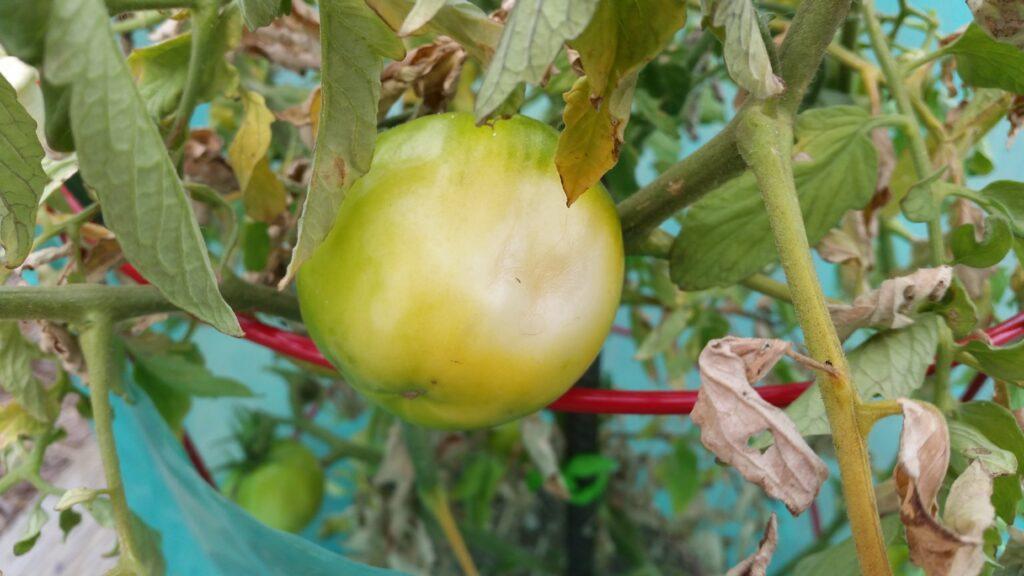
Sunscald happens during ongoing hot weather, when the tomato is exposed to the direct rays of the sun. The tissue is damaged and may become soft and mushy, often making the fruit inedible.
Harvesting tomatoes at the breaker stage can also protect them from damaging weather, not that we ever get any of that…Ha!
Do’s and don’ts of ripening tomatoes indoors
Do: Leave the tomato stem below the abscission layer in place, then wash the tomatoes and let them air dry.
Do: Keep the tomatoes in a cool area with temperatures around 70 to 75 degrees. Cooler temps will slow down ripening while warmer temps will speed it up.
Do: Check the tomatoes regularly and separate the fruits that have begun to come into their full color.
Don’t: Put the tomatoes in the refrigerator! They’ll just never taste the same!
Don’t: Set the tomatoes in a windowsill to ripen. It’s the leaves that use the energy of the sun, not the tomatoes themselves.
Don’t: Try to ripen any tomatoes that have punctures, bruises or other signs of damage or disease, unless there’s clearly a salvageable portion of the fruit.
For the record…
I’ll never talk down the pure delight of eating a fully ripened tomato still warm from the sun. That’s the stuff of memories! But I’ve already tried picking a few tomatoes at the breaker stage and letting them ripen on my kitchen counter. Once they were fully colored up, they tasted just as good as the tomatoes that ripened in place on the plants in my garden.
Harvesting your tomatoes earlier than you have in the past is just an option. Call it food for thought.
Now, please pass the salt, and let’s get to it…
